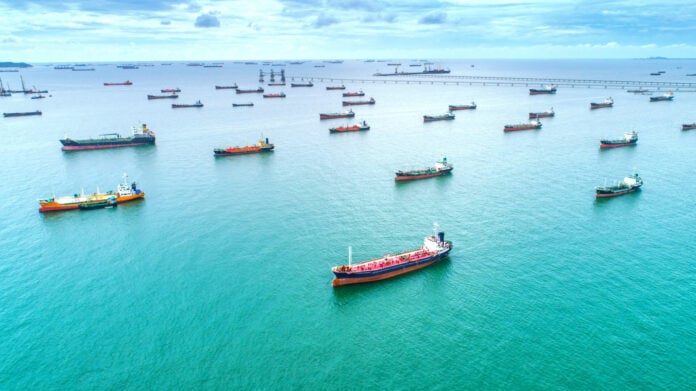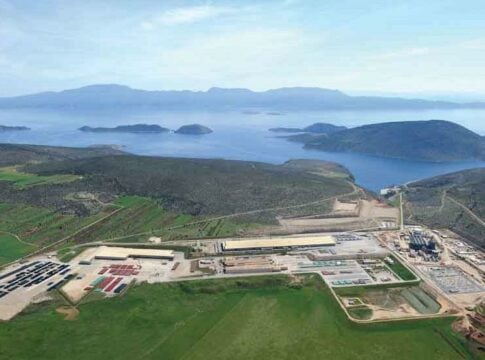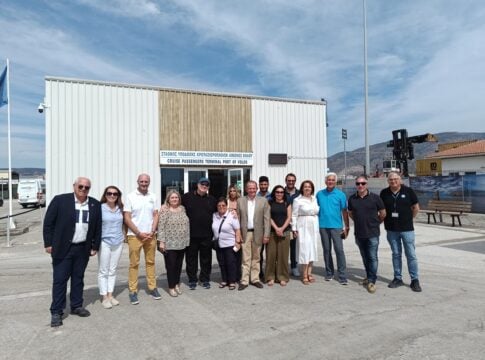Amid renewed tension in the Middle East, the global shipping industry is returning to the spotlight, with investors and analysts turning to history to draw clues about the next moves in the markets.
In an analysis by Clarksons Securities, it is noted that historical conflicts such as the Iran-Iraq War and the Gulf Wars offer valuable lessons for the current situation.
As analysts noted, while oil markets often react with fear to the possibility of loss of supplies, shipping markets often show signs of strength amid such uncertainty.
The head of the Research Department of the shipping brokerage house Intermodal, Yannis Parganas, emphasized to “N” that, despite the fact that the evolving situation creates uncertainty, a very large increase in freight rates is currently observed, mainly in tankers.
“Although we are talking about war, it is ‘positive news’ for freight rates, both for tankers and containerships, as there is a risk of further flare-ups in the Red Sea.”
According to him, there is greater concern for natural gas in the event that the Strait of Hormuz is closed and things – as he said – are much more complicated.
“In such an event, the greatest negative impact will be on states that are friendly to Tehran, and more specifically Qatar and China, which imports 24% of its natural gas needs from Qatar.”
On its part, Clarksons pointed out that, in times of conflict, the market initially reacts to the sense of risk rather than actual supply disruptions.














